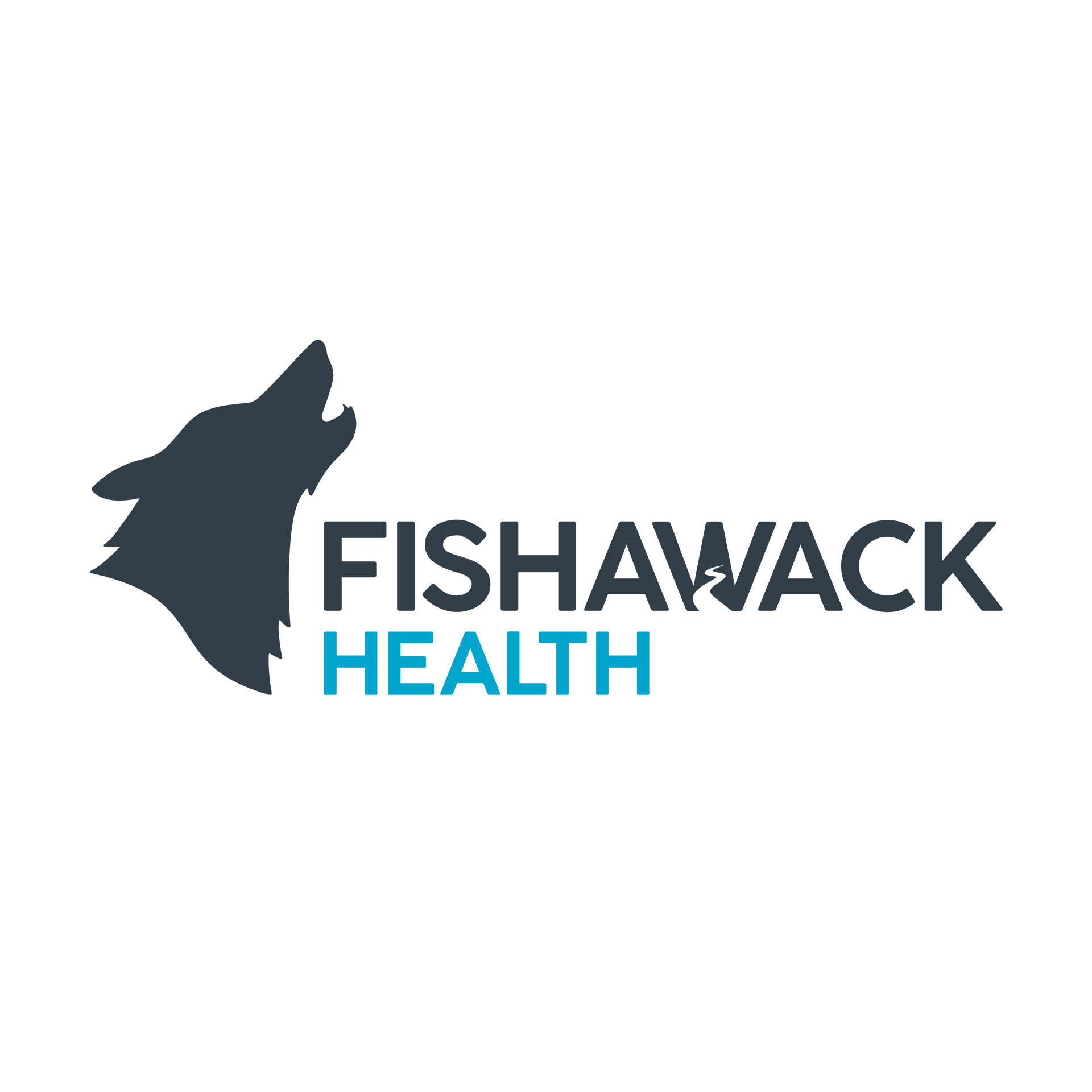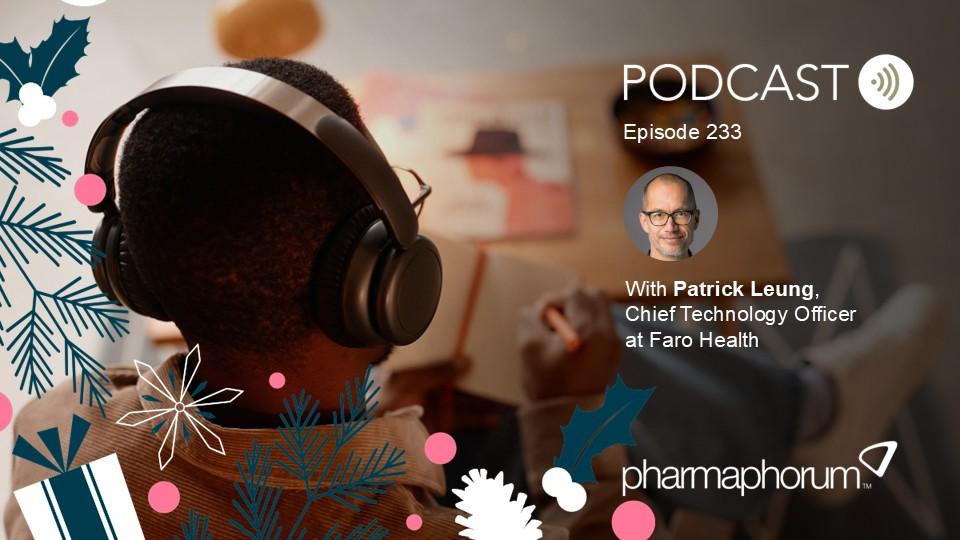What does the future hold for Medical Affairs?

“A new medical affairs communication model is emerging that provides greater collaboration and stakeholder engagement”
I am a clinical pharmacist by training, but my interest lies in drug information. I found out about medical communications when working in the Drug Information Center at the Medical College of Virginia Hospitals. A colleague of mine offered to share some of her freelance medical writing work. After that, I was hooked and bided my time until the first medical communications company I wanted to work for had enough business to hire a medical writer. That was 20+ years ago and I’m still hooked. I love being on the cutting edge of the pharmaceutical industry’s innovations and working alongside people who are just as interested in communicating complex science as I am.
The Medical Affairs function in the pharmaceutical industry has grown in importance in recent years, having a greater voice internally and becoming significant budget holders. It’s fair to say it is now a key third leadership pillar in pharma alongside commercial and R&D.
Medical Affairs teams are collaborating with other departments more than ever – partly because of expiring corporate integrity agreements, partly due to the rich datasets and insights generated by medical affairs, but also partly because of a trend toward collaboration-centric and cross-functional ways of working. Combine these factors with the age of digital transformation and it’s a recipe for a whole new suite of communication strategies and tools in medical affairs.
These trends give us more opportunities to partner with our clients to strategize and help them navigate the changing market dynamics, bringing insights together from multiple stakeholders. Even traditional publication work has experienced new life by embracing digital innovation, with publication enhancements such as animated figures, e-posters, and author videos.
“Combine these factors with the age of digital transformation and it’s a recipe for a whole new suite of communication strategies and tools in medical affairs”
As the Medical Affairs function has become more connected, we have honed our integrated approach to support pharmaceutical teams across the full product lifecycle and the associated customer journeys. Opportunities range from consulting on research and development, the pipeline and product development to working on publications and medical affairs strategy and implementation, all the way to commercial support. It is not uncommon for us to begin working with medical affairs clients and expand to internal clients interested in our market access, internal training, multichannel, and media support capabilities.
One of the biggest challenges our clients will face is extracting strategy-changing insight from the rich array of data they can access and creating clear communications. However, like the world in general, the pharmaceutical industry is beginning to experience data overload. Organizations are inundated by easily accessible information, but how do they navigate insight and find a story that resonates?
As we know, and to quote the author Simon Sinek, stories are much more engaging when the audience understands the “why.” Scientific communicators, such as ourselves, are well-placed to help navigate the data and insight, defining the clear story for communication of the “so what” for our clients and their audiences.
The appetite for data, and healthcare data specifically, is ravenous. At the same time, many of our clients have undergone digital transformations. The way we visualize data now – in infographic formats and animated illustrations – has made data even more interesting and engaging.
“Organizations are inundated by easily accessible information, but how do they navigate insight and find a story that resonates?”
New strategies, technologies, and tools, driven by artificial intelligence and the ethos of personalization, will come into play to shape communications that achieve greater reach and impact than ever before. However, Medical Affairs teams will need deeper insight to determine what tools and channels will work best in communicating scientific data and messages with patients and healthcare providers on their interconnected journeys.
With all this in mind, a new medical affairs communication model is emerging that provides greater collaboration and stakeholder engagement, based on the tailored application of deeper insights. As a result, scientific engagement is becoming much more sophisticated, which places a strong emphasis on greater internal collaborations between medical affairs, other departments, partnerships between patients and healthcare professionals, and, of course, agencies like us! I’m looking forward to seeing all this come together in new and interesting ways, so it’s certainly an exciting time to be part of a company such as ours.










